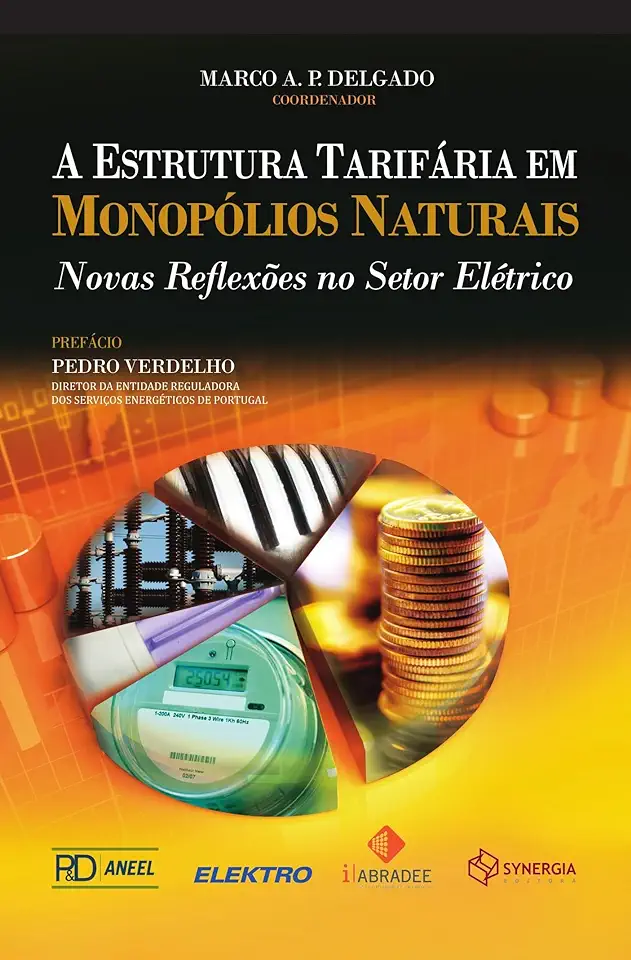
Tariff Structure In Natural Monopolies - Marco A. Delgado
Tariff Structure In Natural Monopolies
Introduction
In the realm of economics, the study of natural monopolies holds significant importance. These industries, characterized by high fixed costs and decreasing marginal costs, pose unique challenges in terms of pricing and regulation. One crucial aspect of managing natural monopolies lies in designing an appropriate tariff structure that balances the interests of both consumers and the monopolist.
Understanding Natural Monopolies
Natural monopolies arise when a single firm can produce a good or service at a lower cost than multiple firms. This phenomenon is often attributed to economies of scale, where the average cost of production decreases as the output increases. In such cases, competition can lead to inefficiencies and duplication of resources, making a monopoly the most efficient market structure.
The Role of Tariff Structure
In the context of natural monopolies, the tariff structure plays a pivotal role in ensuring economic efficiency and social welfare. A well-designed tariff structure aims to achieve several objectives:
Cost Recovery: The tariff structure should enable the monopolist to recover its costs, including fixed costs and a reasonable profit margin. This ensures the financial viability of the monopoly and encourages investment in infrastructure and service improvements.
Consumer Protection: The tariff structure should protect consumers from excessive pricing and exploitation by the monopolist. It should ensure that consumers pay a fair price for the services they receive, preventing the monopolist from exercising its market power to extract excessive profits.
Economic Efficiency: The tariff structure should promote economic efficiency by encouraging the monopolist to produce at the optimal output level. This involves setting prices that equate marginal cost with marginal benefit, ensuring that resources are allocated efficiently and societal welfare is maximized.
Types of Tariff Structures
There are various types of tariff structures employed in natural monopolies, each with its own advantages and disadvantages. Some common tariff structures include:
Flat Rate Tariff: This is the simplest tariff structure, where all consumers pay the same fixed price for the service, regardless of their consumption level. While it is easy to administer, it may not reflect the actual cost of providing the service and can lead to inefficiencies.
Uniform Price Tariff: Under this structure, all consumers pay the same price per unit of consumption. This is more equitable than a flat rate tariff, as it charges consumers based on their actual usage. However, it may still not fully reflect the cost structure of the monopolist.
Two-Part Tariff: This tariff structure consists of a fixed charge and a variable charge per unit of consumption. The fixed charge covers the monopolist's fixed costs, while the variable charge reflects the marginal cost of providing the service. This structure can be more efficient and equitable than flat rate or uniform price tariffs.
Peak-Load Pricing: This tariff structure involves charging different prices for the same service during different periods of the day or seasons. It aims to encourage consumers to shift their consumption to off-peak periods, reducing the strain on the monopolist's infrastructure and improving overall efficiency.
Challenges in Tariff Design
Designing an optimal tariff structure for natural monopolies is a complex task, fraught with challenges:
Information Asymmetry: The monopolist possesses more information about its costs and demand than consumers. This asymmetry can lead to strategic behavior and manipulation of the tariff structure to the monopolist's advantage.
Regulatory Capture: There is a risk that the regulatory body responsible for setting tariffs may be influenced by the monopolist, leading to tariffs that favor the monopolist's interests at the expense of consumers.
Political Pressures: Tariff structures are often subject to political pressures from various stakeholders, including consumers, the monopolist, and government officials. Balancing these competing interests can be challenging and may result in suboptimal tariff structures.
Conclusion
Tariff structure design in natural monopolies is a critical aspect of economic regulation. By carefully considering the objectives of cost recovery, consumer protection, and economic efficiency, policymakers can develop tariff structures that strike a balance between the interests of consumers and the monopolist. This ensures the long-term sustainability of natural monopolies and promotes overall economic welfare.
Enjoyed the summary? Discover all the details and take your reading to the next level — [click here to view the book on Amazon!]